A dream catcher is a beautiful and intricate Native American object with deep spiritual meaning. Its origins can be traced back to the Ojibwe people, who believed that hanging a dream catcher near one’s sleeping area would catch any negative or bad dreams, allowing only positive and good dreams to pass through.
The History and Symbolism of Dream Catchers
According to Ojibwe legends, Asibikaashi, the Spider Woman, took care of the children and the people of the land. However, as the Ojibwe tribe expanded, it became challenging for Asibikaashi to protect everyone. To ensure that she could continue to watch over them, she taught the Ojibwe people how to make dream catchers.
Dream catchers consist of a woven hoop, often made from willow branches, with a web-like pattern in the center. The hoop represents the circle of life, with no beginning or end, while the web captures and filters dreams.
Traditionally, dream catchers are adorned with sacred items like feathers, beads, and gemstones. Feathers symbolize air and breath, carrying the messages of dreams to the dreamer. Beads and gemstones represent different energies and intentions, amplifying the positive vibrations within the dream catcher.
The Spiritual Meaning of Dream Catchers
The spiritual meaning of dream catchers lies in their ability to protect and provide peaceful sleep. Dream catchers are believed to act as a filter, capturing negative dreams and thoughts during the night. The web in the center of the dream catcher catches these dreams, preventing them from reaching the dreamer.
In contrast, positive dreams pass through the web’s holes and gently slide down the feathers to reach the dreamer, bringing inspiration, guidance, and clarity. By filtering out negative energy, dream catchers create a harmonious and serene sleeping environment.
Using Dream Catchers in Spiritual Practices
Dream catchers have become popular not only as decorative items but also as tools for spiritual practices. Many people use dream catchers as a reminder to stay connected with their dreams, desires, and aspirations. They believe that hanging a dream catcher near their bed can help them manifest their goals and attract positive energy into their lives.
Additionally, dream catchers are often used during meditation or as an aid for lucid dreaming. As dream catchers are associated with the realm of dreams, they can serve as a focal point during meditation, allowing individuals to delve deeper into their subconscious and explore the hidden realms of their minds.
Conclusion
In conclusion, dream catchers hold significant spiritual meaning and play a vital role in Native American traditions. They serve as protective talismans, filtering out negative dreams while allowing positive ones to pass through. Dream catchers also act as reminders of our dreams and aspirations, guiding us towards a more fulfilling and purposeful life.
Embrace the spiritual meaning of dream catchers and invite positive energy and peaceful sleep into your life.
The Spiritual Significance of Dream Catchers: Unveiling their Mystical Power
Dream catchers have long fascinated people with their intricate designs and ethereal beauty. But beyond their aesthetic appeal, dream catchers hold a deep spiritual significance. Their mystical power lies in their ability to filter out negative energies and capture positive dreams.
The origins of dream catchers can be traced back to Native American cultures, particularly the Ojibwe tribe. They believed that the night air was filled with both good and bad dreams. According to their beliefs, dream catchers were meant to be hung above sleeping areas to catch the bad dreams while allowing the good ones to pass through.
The traditional design of a dream catcher consists of a circular hoop, often made from willow, adorned with feathers, beads, and other symbolic elements. The circle represents the unity and interconnectedness of all life, while the feathers symbolize the breath of the creator and the path of destiny.
In addition to their practical function of catching dreams, dream catchers also serve as powerful spiritual tools. Many people believe that dream catchers possess the ability to connect the physical and spiritual realms, acting as a bridge between the two. They are thought to enhance intuition, promote a sense of calmness, and bring about spiritual protection.
Moreover, dream catchers are seen as symbols of hope and positivity. By capturing negative energies and preventing them from reaching one’s dreams, they help create a space filled with positive energy and harmonious vibrations. This is why dream catchers are often used in healing practices and meditation, as they aid in clearing the mind and promoting spiritual growth.
In conclusion, the spiritual significance of dream catchers cannot be underestimated. They embody the ancient wisdom of Native American cultures, offering protection, positive energy, and a connection to the divine. Whether used as decorative pieces or spiritual tools, dream catchers continue to enchant and inspire people with their mystical power.





